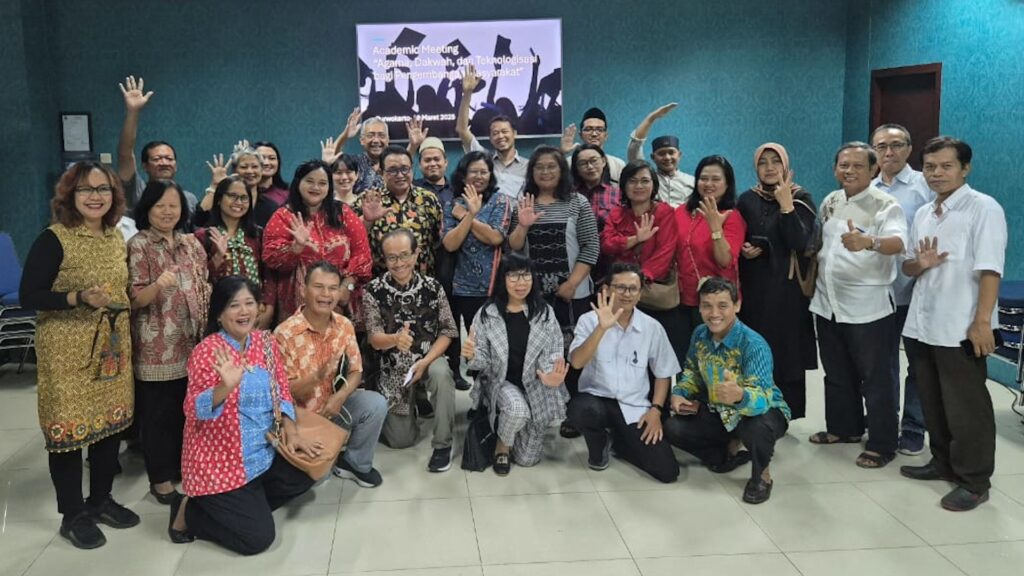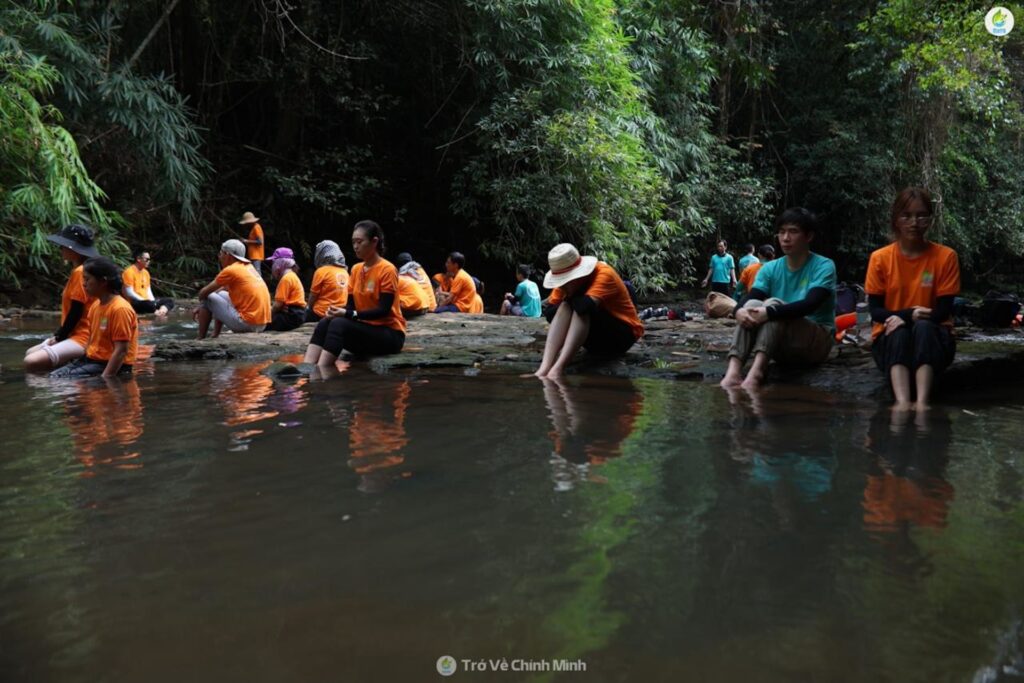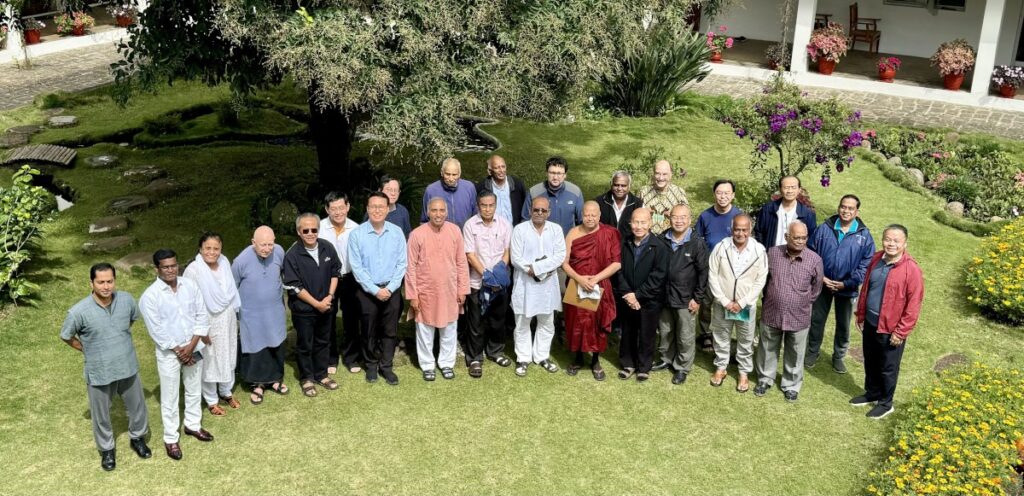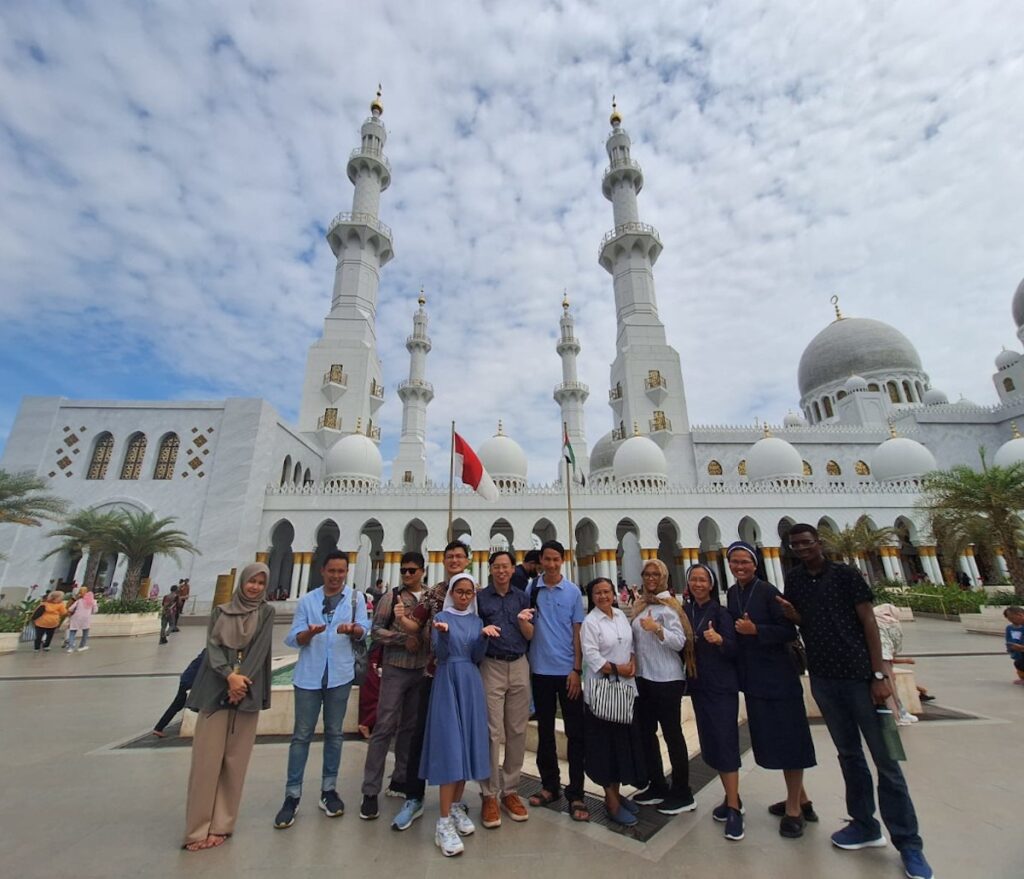Fr Christian Cochini‘s (CHN) Guide to Buddhist Temples of China – History and Cultural heritage of the main monasteries of the Han nationality, published in Macau by the Macau Ricci Institute, has been recently released. This 528-page English edition of the Guide to Buddhist Temples of China, an exceptional translation of a French edition first published last year, is an ambitious work. Yet this remarkably compact and clearly edited book offers everything a traveller may need for an encounter with Chinese Buddhism. In spite of the seemingly vast amounts of information, Fr Cochini has thoughtfully created an intimate, dynamic portrait of Chinese Buddhism and life among the major monasteries of the Han nationality, from its foundation to the present day.
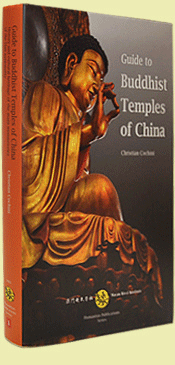
This 528-page English edition of the Guide to Buddhist Temples of China, an exceptional translation of a French edition first published last year, is an ambitious work. Yet this remarkably compact and clearly edited book offers everything a traveller may need for an encounter with Chinese Buddhism. In spite of the seemingly vast amounts of information, Father Cochini has thoughtfully created an intimate, dynamic portrait of Chinese Buddhism and life among the major monasteries of the Han nationality, from its foundation to the present day.
157 temples and their locations are listed under the names of 20 provinces and 5 cities (p.23 to p.485). While some sections, such as the one on Beijing "Capital city of Buddhism" and the four "Sacred Mountains" of Wutaishan (Shanxi), Emeishan (Sichuan), Jiuhuashan (Anhui) and Putuoshan (Zhejiang) benefits from an additional page, the book is well organised with a detailed Index (p.503) listing temples by: provinces, alphabetical order, names of Chinese monks or bikkhunis (nuns), and famous historical characters. For the purpose of clarity, the information on the temples are organised, collated and standardised into 8 sections, consisting of:
1. Address, telephone, fax number and email address or URL.
2. How to get there.
3. The Buddhist School to which the temple belongs (refer to Annex p. 495) . e.g. Baima Si belongs to the Chan and Pure Lands schools.
4. A short history of each temple from its founding to the present including those transmitted by oral traditions, eg Baima Si was built in the year 67 (AD), and was named after the white horse that had carried the first Buddhist sutras to China.
5. The current status of the Buddhist temple with a biography of the Superior, composition of the monastic community and a short biography of the former abbott or abbess.
6. Introduction to the founding patriarchs and the legends surrounding the famous bikkhunis/monks whose spirits still haunt the monastery, eg Emperor Hang Mingdi built the first Baima si for two Indian Buddhist monks named She Moteng and Zhu Falan who came to Luoyang in 67.
7. A summary of the architecture and its ensuing historical transformations.
8. A list of each temple’s "cultural and artistic legacy" covering ancient tombs, holy trees, relics, steles with Buddhist scriptures, liturgical instruments, and music instruments.
One may well wonder how and why the author Christian Cochini, a French Jesuit priest embarked on this journey and what was the basis for his selection of Han Buddhist temples. As a young theologian, Christian Cochini was deeply influenced by the inter-religious teachings of the Second Vatican Council (1962-1965). On his journey to explore human life and beliefs across the globe, he travels from Eastern Europe and Russia across to Japan, and finally resides in China in 1966. As one of the very few foreigners who were allowed to stay in China throughout the Cultural Revolution, he had the rare opportunity to witness the radical transformations in Chinese civil society.
In the early nineties, while serving the Chinese Christian community in Tokyo, Japan, Father Cochini became acquainted with Zen Buddhism (the Chan School of Chinese Buddhism) and involved in inter-faith dialogues and activities. This strengthened his determination to visit the Buddhist temples of China and write a comprehensive guide for other faith-based travellers.
Taking into account the realities of the government’s religious policies, Cochini focused on Chinese Buddhist temples of Han nationality – no small task in itself as they numbered as many as 9,000 and hosted a population of more than 70,000 monks and nuns! Starting from a government published list in 1983 of 142 major Buddhist temples whose selection was based on three criterions: great antiquity, large size and area, contributions to the civil society, he added another 15 “important” sites as he travelled across China.
From 2003 to 2006, with the support of the Macau Ricci Institute and his many Chinese friends, Cochini collected all his materials from Chinese sources and visited each of the Buddhist monasteries where he met the superior of each community and personally interviewed him/her.
At first, a "Guide to the communities, temples and monasteries of China", Cochini’s book delights the reader with much more than a simple tourist guide. His stories are a mesmerising and intimate encounter with the Buddhist communities of China.
Tender ghosts from the Buddhism’s past, are brought alive by a parade of Patriarchs, Princesses, exemplary nuns and monks, Boddhitsavas, etc., in a series of delightful tales and anecdotes. We learn how Bodhidharma arrives at Shaolin Si from India in the Year 527, settles in a mountain cave west of the temple and sits in the Lotus position for nine years before propagating Chan, one the most important schools of Buddhism. Or in the 13th century how Princess Miaoyan, daughter of the great Kublai Khan, knocks at the door of Tanzhe Si (in Beijing) and asks to become a Bikkhuni as penance for the crimes of her father and founder of the Yuan Dynasty. It is said that marks of her feet and forehead from prostrating in front of the merciful Guanyin statue long remained imprinted in the tile floor!
"From the very beginning, the monastic community has constituted the axis around which rotates the devotional practices, the expression of belief and the institutional continuity of Buddhism", says Benoit Vermander in his Foreword to the book. In meeting today’s monastic communities, this axis remains unbroken. We are struck by the pre-dominance of young monks and nuns, many of whom attended China’s top universities, who are responsible for carrying on this torch and tasked with education and training, the reconstruction of the temples, or the establishment of research centres and libraries for social institutions.
Ru Rui, the present Prioress of Pushou Si (Wutaishan), born in 1957, is a fine example of this new generation. After studying at the Tie Xiang Si in Chengdu, she became a disciple of Ven. Tong Yuan in Wutaishan. In 1981, Ven. Tong Yuan said : "At present, the most important thing is not to build temples but to train people… we should found a school of high spiritual training for women at the national level… " In March 1991, with two disciples, Ru Rui founded the Monastery of the Ten Directions (Pushou Si), "where all women can study and improve their knowledge of Buddhist doctrine". In addition to her work in religious training, she carries out social action for schooling of poor children, contributes to the improvement of infrastructure in the mountain areas and built a home for needy elderly. She was nominated by a Swiss organisation in 2005 as one of " the thousand women for the Nobel Prize". Thanks to Christian Cochini, the reader will be able to meet these communities and walk through monasteries – even those under full renovation. Those interested in learning about the Buddhism and its history will also find in the back of the book a Brief History of Chinese Buddhism (p.487), followed by an Introduction to The Eight Schools of Chinese Mahayana Buddhism (p.495) and an Outline of a Chinese Buddhist Temple (p. 499).
Ultimately, what comes across as a pleasant surprise is not only theabundance of the cultural and spiritual treasures of a 2000 year old Chinese Buddhist tradition, but the continued "richness of a reconstruction, of a reinvention, which nowadays makes the Buddhist monastic community one of the most notable and organised forces of civil Chinese society." (Benoit Vermander)
While one may wonder if Father Cochini only came across positive stories about the Buddhist monasteries and its inhabitants, this book most certainly has a larger purpose and serves as more than a guide and vehicle for inter-faith dialogues (the author’s original objective). I would recommend it as an important multi-functional guide and reference to both the pilgrim and tourist.
Moreover, in the words of Christian Cochini, each of us now can have a "friendly and fruitful dialogue with Buddhists of various denominations, in order to build together a better world, a world of peace, justice and fraternity". The Ricci Institute could take their cue from Father Cochini and extend this first achievement to lead into a series of guides implementing and fostering inter-religious dialogue across Asia.
—————
Helene Guillez is an editor and a language instructor. She presently teaches Spanish and French in Hong Kong. With a BA in Spanish and French literature (Paris 3-Sorbonne and an MBA (IAE Paris Pantheon-Sorbonne) Helene Guillez was a long-time deputy-editor for Educational magazines in France (Bayard-Presse, Hachette, Le Figaro). In 1987, she came to China where she travelled for 10 months and 40 000 km. Since that journey, she’s spent the last 20 years between Europe, Beijing, Guangzhou and Hong Kong working as a Press correspondent(l’Asie Magazine, Sciences et Vie Economie, Le Monde des Religions, Asiamagazine) and as a language instructor (HKU, Guangwai, Beiwai).


